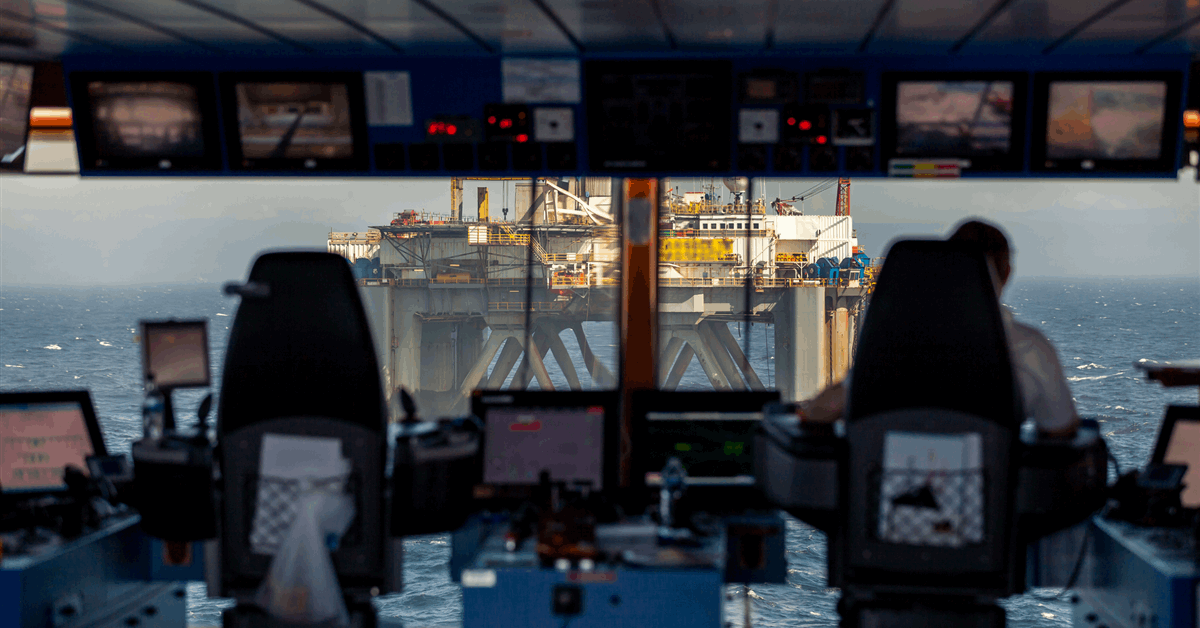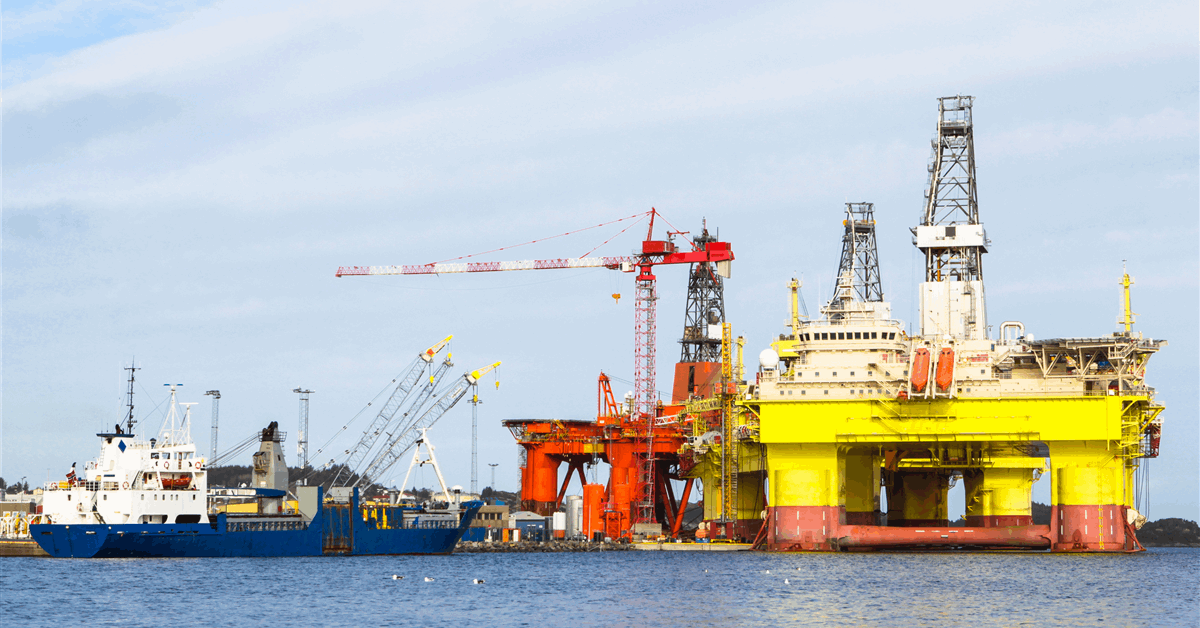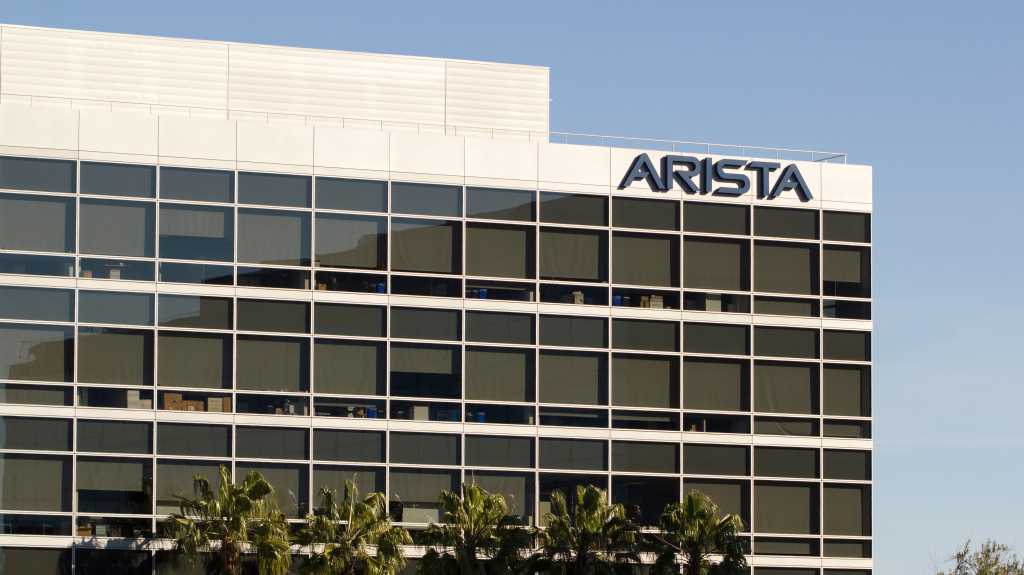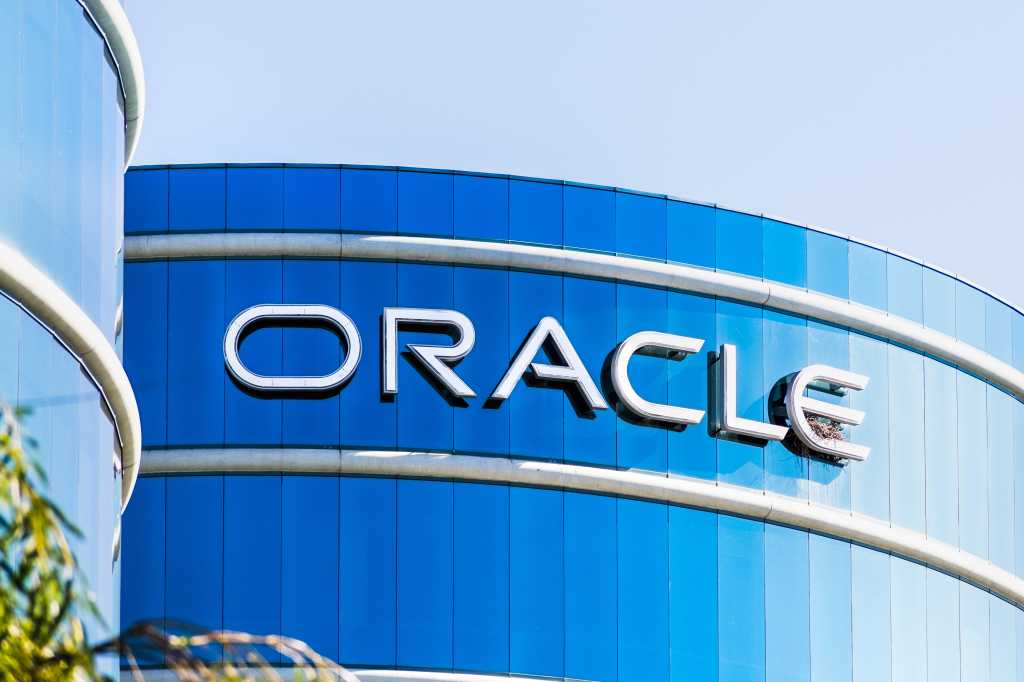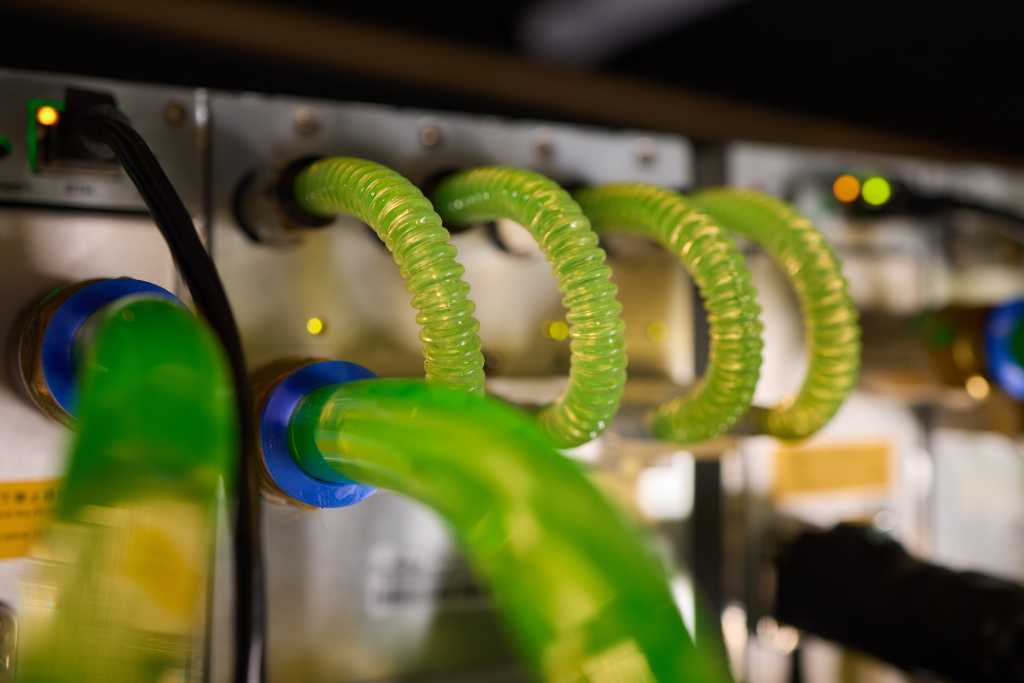Aberdeen-headquartered drilling services firm KCA Deutag has secured $513 million (£419m) in land and offshore drilling contracts.
KCA Deutag said the deals include new contracts and extensions for projects across the Middle East, Africa, Latin America and the UK.
In land drilling, KCA said it has secured extensions in Saudi Arabia, Oman, Congo and Colombia as well as a new contract in Iraq.
The total contracts are worth $497m (£406m), which KCA said amounts to over 35 rig years of additional work.
Meanwhile in the offshore sector, KCA said it secured $16m (£13m) in contract extensions in the UK North Sea.
KCA Deutag president of land Simon Drew said: ““These awards and achievements reflect our commitment to outstanding performance and show the trust our customers have in our ability to deliver safe and incident free drilling operations.
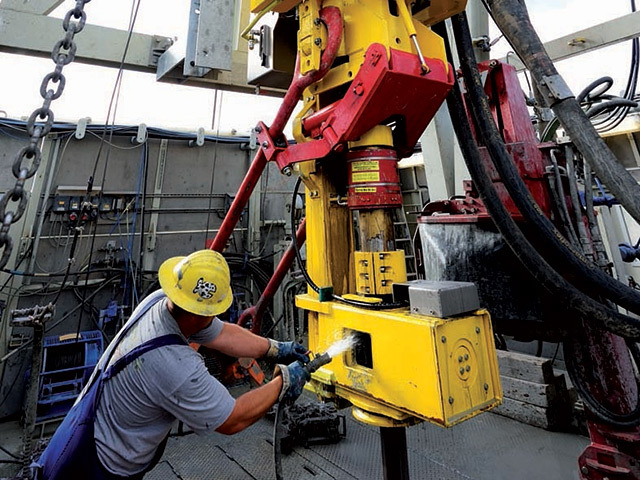 © KCA Deutag
© KCA Deutag“We are proud of and grateful to all our country teams. These recent contract wins and extensions highlight their dedication to excellence and the delivery of safe and effective operations.”
The drilling deals come after American competitor Helmerich & Payne (H&P) acquired KCA Deutag in July last year in a deal worth nearly $2 billion (£1.6bn).
At the time, H&P said it plans to establish the Portlethen-based KCA as a “global leader in onshore drilling”.
Drew said the merger with H&P will combine “the strengths of our people together with our geographical footprint, to create an organisation with an unrivalled global network, service capability and technology offering”.
Despite the takeover, KCA is “expected to remain” at its headquarters the north-east of Scotland.
KCA Deutag
Formed in a merger between KCA Drilling and Deutag AG in 2001, KCA Deutag has a significant land drilling presence in the Middle East alongside operations in Europe, South America and Africa.
KCA Deutag also maintains “asset-light” offshore management contracts in the North Sea, Angola, Azerbaijan and Canada.
The ownership of KCA last changed in 2020 when the firm’s owners Pamplona Capital swapped its $1.9bn debt pile for equity, with lenders taking control of the business through a complex network of business entities.
North-east farmer and businessman Alasdair Locke founded the oil and gas service company in 1992 and collected nearly £120m from a deal announced in December 2007 to take it private.
Recommended for you

Aberdeen’s ASCO wins £70m contract with Aker BP in Norway





